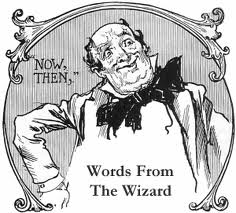Success
By John Greco
Originally published on July 26, 2012
Re-posted with permission from johnponders blog
 How do you measure success?
How do you measure success?
To laugh often and much;
To win the respect of intelligent people and the affection of children;
To earn the appreciation of honest critics and endure the betrayal of false friends;
To appreciate beauty;
To find the best in others;
To leave the world a bit better, whether by a healthy child, a garden patch, a redeemed social condition, or a job well done;
To know even one other life has breathed easier because you have lived —
This is to have succeeded.
— Ralph Waldo Emerson
I’ve been reading Emerson’s masterpiece for probably over thirty years now.
It has never disappointed. I don’t think it ever will. It seems to move with me over the years.
There are some phrases that I connected with right off — to win the respect of intelligent people; to leave the world a bit better by a job well done.
Then there are other phrases that, thirty years later, I’m just starting to get —to appreciate beauty; to leave the world a bit better by a garden patch.
Then there are the other phrases… which make this verse, I think — in addition to being extraordinary — enigmatic. It is both affirmative, and humbling, at the same time.

We can read those lines, each and every one of us, and think that, yes, we are indeed successful. It affirms.
And in other ways, we don’t measure up. It humbles.
Maybe that’s the point.
But there’s more to do. There’s work to do. There’s ground to cover.We have done much. We’re successful.
There are impacts to make. Probably immeasurable impacts.
How do you measure success?












